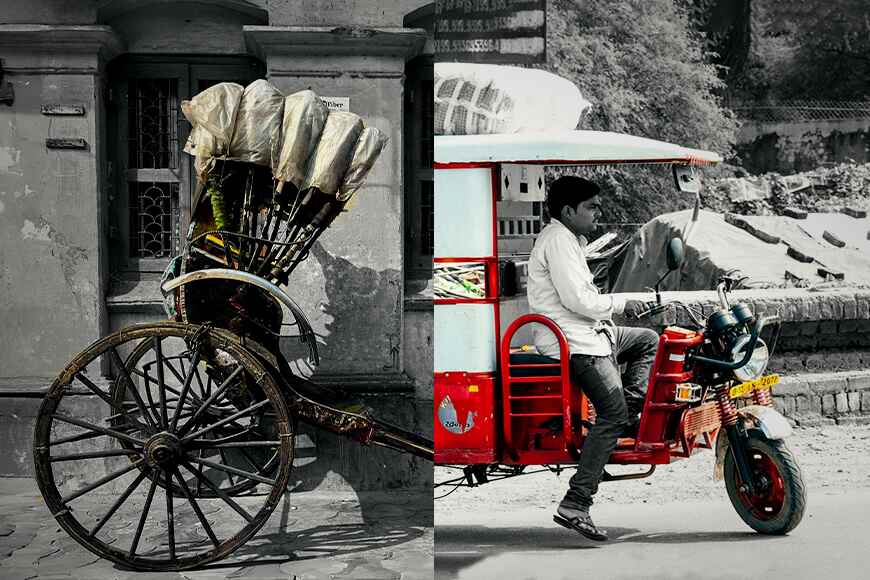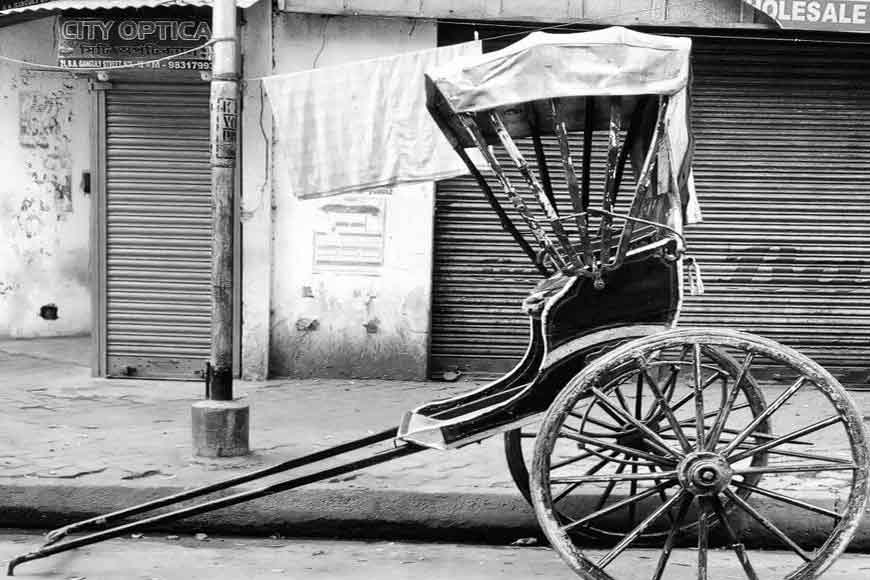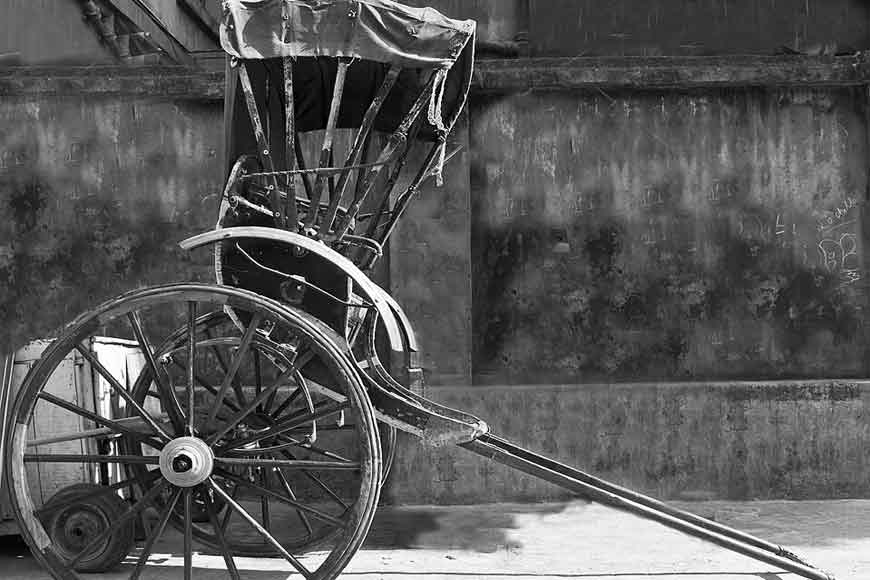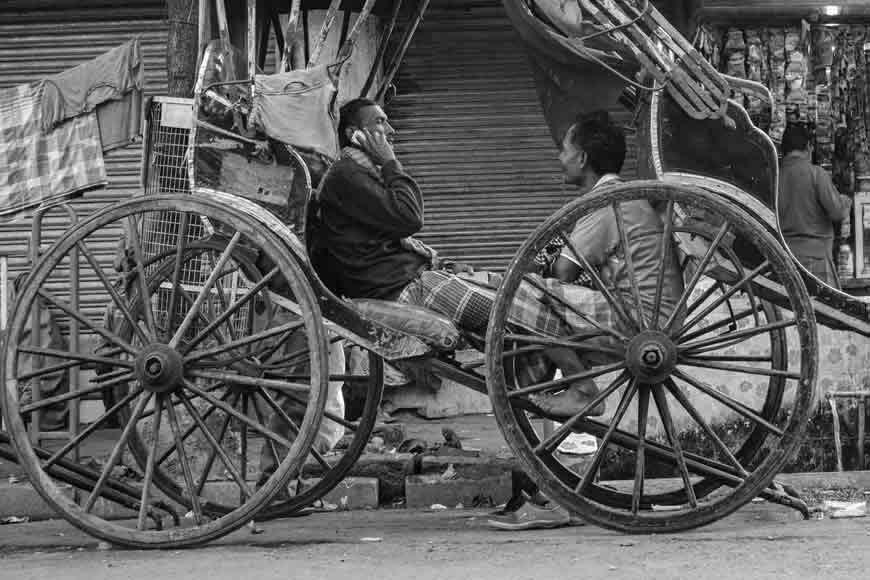Kolkata’s streets in motion: Rickshaws through time - GetBengal Story

Kolkata, the City of Joy is renowned for its lively roads, ancient structures, tram lines and crowded bazars. A stroll down its by-lanes would expose one to an energetic mesh of tradition and contemporary life. One of the unique features of the city has always been its rickshaws. The city has seen hand-pulled rickshaws for a long time and they are, and will always be, a cherished means of transport in the mind of the Kolkatans.

Rickshaws, which were pulled by hand, were ordinary vehicles. The rickshaw puller, a laborer, grasped the handles and pulled passengers around narrow lanes while pulling along.Typically, they rode at a leisurely place, but they had a special charm and made travel possible in areas not amenable to cars and buses. People would sometimes remember the soft wood wheels rolling on the road of the street, swaying gently in the carriage, as the reminiscence sounds emanated as the carriage rolled down the pavement. The rickshaw was not just traveling from one point to another; it was an experience.
As the years went by, Kolkata also began to modernize. The streets began to become inundated with cars, buses, and motor bikes. Life sped up and people needed faster travel ways through the city. With time, traditional pull rickshaws disappeared, replaced first with cycle and then battery-operated electric rickshaws. Electric rickshaws are quicker, less labor for rickshaw drivers, and can hold more passengers, and they became common traveling the streets of Kolkata, especially near market areas, train stations, and schools.

The evolution of rickshaws captures the essence of the city itself. Kolkata is in fact a city of contradictions. There are old neighborhoods with narrow allies, and historic buildings, while simultaneously having modern shopping malls, and legacy high-rise apartment buildings, and modern roadways. People still eat street food like phuchka and jhal muri, take nostalgia induced rides on trams, and stroll along the Hooghly river in the mornings. At the same time, people accept modern technological advancement and ride in faster and more efficient transportation. Electric rickshaws are part of that balance.
While modern rickshaws offer a brand of convenience, there is an old-fashioned comfort associated with a hand-pulled rickshaw. They may have taken longer, but they were personal. A puller would often engage in conversation with passengers, knew their routine, and would sometimes help carry the cargo bags. That human connection seems absent in this more rapid pace of the city now.
Rickshaws are a significant component in the story of an evolving metropolis — a story and tradition that defines Kolkata. Rickshaws, in other words, are a symbol of change — of both a physical and, more importantly, social nature in which the streets as well as the people and culture of the city have changed. Nowadays in walking around the city, one sees battery-operated rickshaws zipping past, but if you stop and open up your senses you will start to feel the rhythm of the hand-pulled rickshaws that used to take these streets by storm. Kolkata continues to progress, but the memories and traditional path are always being ridiculed in the rearview mirror.

Essentially, the rickshaw itself is more than just a transportation mode of client-side distress. It embodies the journey of Kolkata from slow lanes of quietness to hustle and bustling in the emerging, rapidly paced modern current circumstances. To some, efficient, fast, and modern vehicles are not destroying tradition; rather they remind us that we value our history, our pride, and as rapidly changing the bricks are laid down on the path forward, those former products of transportation are constantly moving to the back divisions of our consciousness.











